Top Things to Know Before Buying Indoor Plants for Sale
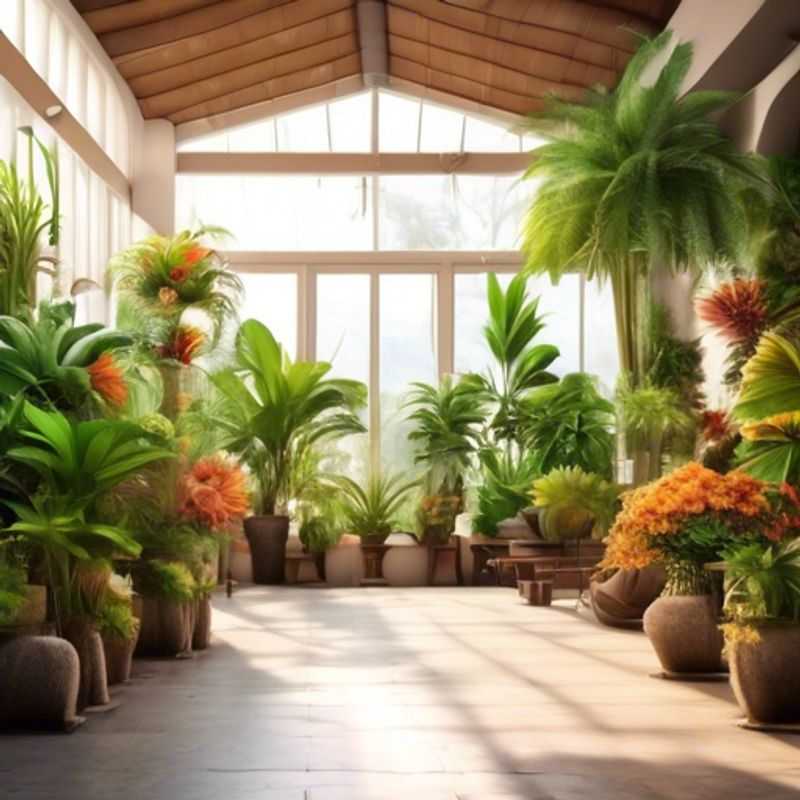
Top Things to Know Before Buying Indoor Plants: Research Care Requirements, Sunlight and Space, Watering Needs, Pest and Disease Checks, Temperature and Humidity, Drainage, Reputable Sellers
Bringing a touch of nature indoors can be incredibly rewarding, but it's crucial to do your research before bringing home any new plants. Here are some top things to consider before purchasing indoor plants for sale:
1. Research the Specific Plant's Care Requirements: Each plant species has unique needs in terms of light, water, and humidity. Before purchasing, research the specific plant you're interested in to understand its preferred growing conditions. This will help you ensure you can provide the appropriate environment for it to thrive.
2. Consider Sunlight and Space: Assess the amount of natural light your home receives and the available space. Choose plants that are compatible with the light conditions and will fit comfortably in your chosen location. Avoid overcrowding your plants, as this can lead to issues with airflow and potentially create an environment for pests.
3. Understand Watering Needs: Overwatering is a common problem for indoor plants. Research the plant's specific watering needs and avoid over or under-watering. Allow the top layer of soil to dry out slightly between waterings and use your finger to check the soil moisture levels. Over time, you'll develop a good understanding of your plant's needs.
4. Check for Pests and Diseases: Always inspect plants carefully for any signs of pests or diseases before purchasing. Look for insects, discoloration, or unusual spots on the leaves. Purchasing a healthy plant from the beginning will minimize the risk of introducing problems into your home.
5. Learn About Temperature and Humidity: Some plants prefer warmer or cooler temperatures, and others have specific humidity requirements. Research your plant's preferred conditions and adjust your home environment accordingly, using a humidifier if needed. You may also want to choose plants that are tolerant of the general temperature and humidity levels in your home.
6. Ensure Proper Drainage: Choose a pot with drainage holes to allow excess water to escape and prevent root rot. Use a well-draining potting mix to further facilitate water runoff. Avoid pots without drainage, as this can lead to soggy soil and damage to the plant.
7. Choose a Reputable Seller: When purchasing plants, select a reputable seller who offers healthy, well-maintained plants. Look for sellers who have experience and knowledge about indoor plants, as they can provide valuable advice and ensure the quality of their products.
By following these tips, you can make informed decisions when purchasing indoor plants, ensuring you bring home a healthy specimen that will bring beauty and joy to your home for years to come. Remember that learning about your plant's individual needs and providing the right care is essential for its long-term health and well-being.

Know Before You Grow: Researching Plant Care Requirements Before Purchase
Before you bring a new plant home, do your research! Knowing a plant's specific needs will save you time, money, and prevent unnecessary plant loss. This is especially important for beginner plant owners. Start by identifying the plant's name accurately. This can usually be done with a plant identification app or by asking a knowledgeable expert at a local garden center. Once you know the plant's name, you can research its requirements:
Light: Does it need full sun, partial shade, or indoor lighting? Watering: How often should it be watered, and how much water should it receive? Soil: What kind of soil does it need, and how frequently does it require repotting? Temperature: What's the ideal temperature range for the plant? Humidity: Does it need humid conditions or can it tolerate dry air?
Knowing these details will help you choose the right location for your plant and ensure it receives the proper care. Consider your lifestyle - if you're forgetful about watering, choose a plant that's more tolerant of dry periods. If your home is dark, select a shade-loving plant.
Investing a little time in research upfront will save you heartache in the long run. You'll be much more likely to enjoy a thriving, healthy plant for years to come!
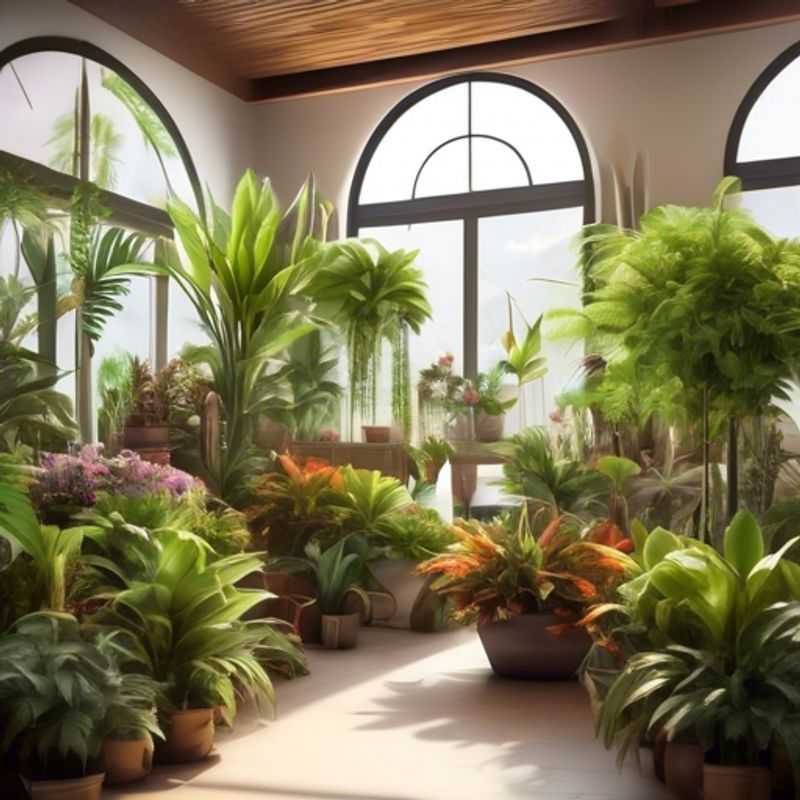
Sunlight and Space: Key Factors in Choosing the Right Plants
Before deciding on a product or project, it's crucial to consider the amount of sunlight and space available in your home. This is especially important when dealing with plants, solar panels, or even furniture placement. Proper sunlight exposure is vital for plant growth and energy efficiency, while adequate space ensures functionality and avoids overcrowding.
To assess sunlight, observe the amount of sunlight hitting different areas throughout the day. Consider the direction your windows face. South-facing windows receive the most direct sunlight, while north-facing windows receive less. This information will help you determine the ideal location for plants or solar panels.
When assessing space, measure the area where you plan to place your product. Consider the dimensions of the product and any surrounding obstacles. Ensure there's enough room for movement and proper ventilation. Also, factor in potential future expansion or changes in your home.
This simple yet essential evaluation will save you time, money, and potential headaches down the line. It ensures your product fits seamlessly into your environment and maximizes its functionality.
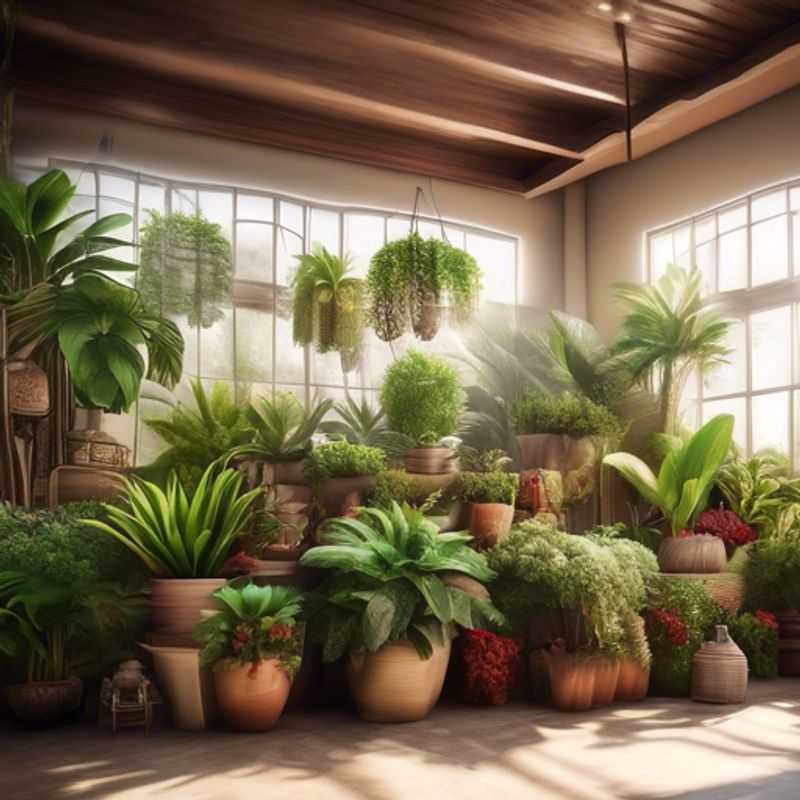
Mastering the Watering Game: Understanding Plant Needs to Avoid Over- and Under-Watering
Understanding your plant's watering needs is crucial for its health and longevity. Overwatering can lead to root rot and fungal diseases, while underwatering can cause wilting and stress.
Here's a simplified guide to determine your plant's watering needs:
1. Soil Texture: The type of soil your plant is in significantly affects its water retention. Sandy soils drain quickly, requiring more frequent watering than clay soils, which retain moisture for longer periods.
2. Pot Size: Smaller pots dry out faster than larger pots.
3. Plant Type: Different plant species have different water requirements. Cacti and succulents require less water than tropical plants.
4. Environment: Temperature, humidity, and light conditions can affect water needs. Plants in hot, sunny locations will need more water than those in shaded, cooler environments.
5. The 'Finger Test': Insert your finger about an inch into the soil. If it feels dry, it's time to water. If it's still moist, wait a bit longer.
6. Observe Your Plant: Look for signs of overwatering (wilting, yellowing leaves) or underwatering (dry, crispy leaves). Adjust your watering schedule accordingly.
Remember, consistency is key! Establish a regular watering routine and adjust it based on your plant's specific needs and the environment. Always err on the side of caution and water less than you think is necessary. With careful observation and a little practice, you'll become a master plant parent!
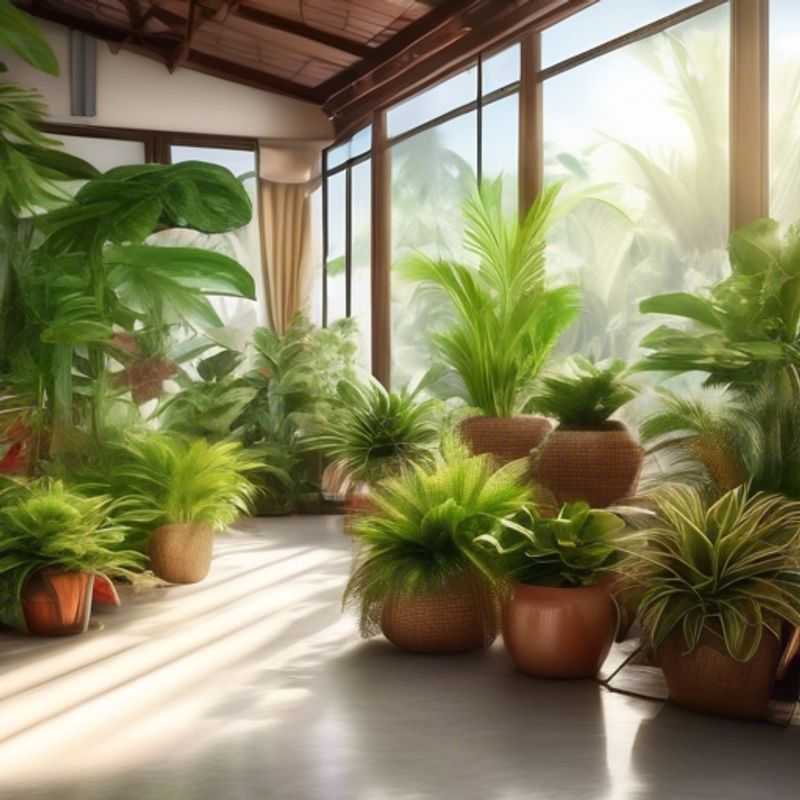
Spotting Trouble: Inspecting Your Plants for Pests and Diseases
Regularly inspecting your plants for pests and diseases is crucial for maintaining their health and ensuring a good harvest. This process, known as pest and disease scouting, is an essential part of sustainable and efficient gardening or farming. Early detection allows for timely intervention, preventing the spread of problems and minimizing potential damage.
When inspecting your plants, look for visual signs like discoloration, wilting, holes, or unusual growths. These symptoms can indicate the presence of pests or diseases. For instance, leaf discoloration might be a sign of nutrient deficiency or fungal disease, while holes might suggest insect damage.
Identify the specific pest or disease responsible for the damage, using online resources or gardening books for visual identification. Understanding the culprit helps in choosing the most effective control methods. For example, a powdery mildew infestation requires a different approach than controlling aphids.
Once you've identified the issue, take appropriate action. This might involve:
* Physical removal: Manually picking off insects or removing infected plant parts can be effective for small infestations.
* Natural remedies: Introducing beneficial insects, using insecticidal soap, or applying neem oil are environmentally friendly options.
* Chemical pesticides: In severe cases, using chemical pesticides might be necessary, but always follow instructions carefully and consider the environmental impact.
Regularly monitoring your plants and taking swift action can help you prevent major pest or disease outbreaks, protecting your plants and your investment.
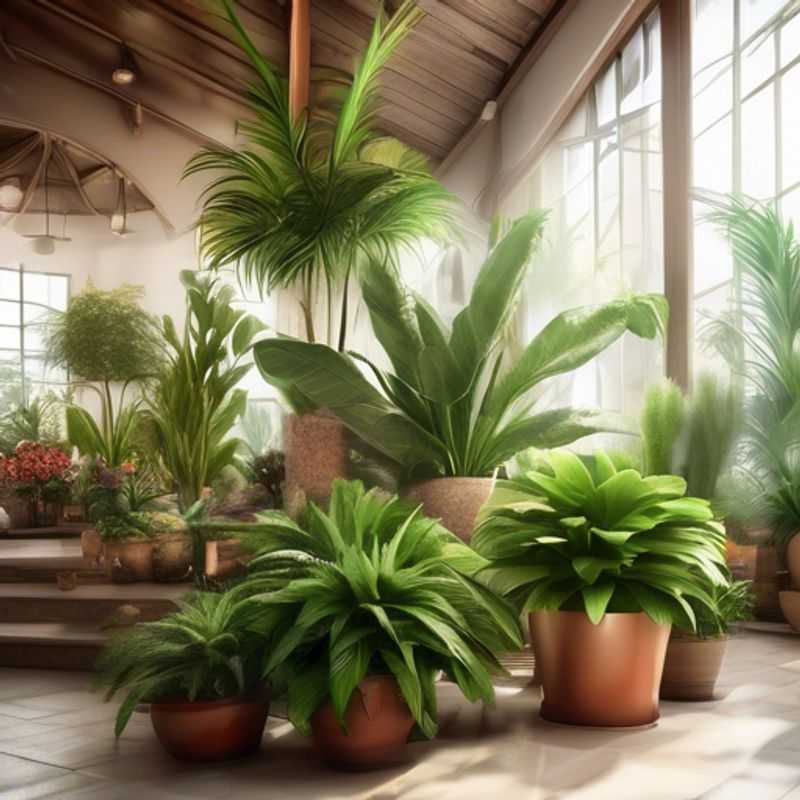
Unlocking Plant Happiness: Understanding Ideal Temperature and Humidity Levels
Each plant has its own ideal temperature and humidity levels for optimal growth. Understanding these preferences is crucial for successful plant care.
Temperature: Most houseplants thrive in temperatures between 65°F and 75°F (18°C and 24°C). However, some plants tolerate cooler temperatures, while others prefer warmer conditions. Tropical plants generally need warmer temperatures, while desert plants are more adaptable to fluctuations.
Humidity: Plants naturally release moisture through their leaves, and high humidity helps them retain this moisture. Many houseplants, especially those originating from tropical regions, require high humidity (40% or higher). Low humidity can cause leaf browning and wilting. You can increase humidity by using humidifiers, grouping plants together, or placing them on pebble trays filled with water.
To determine your specific plant's needs, research its species and origin. Factors like geographic location, seasonal changes, and your home's environment also play a role. It is essential to consider these factors for successful plant care.
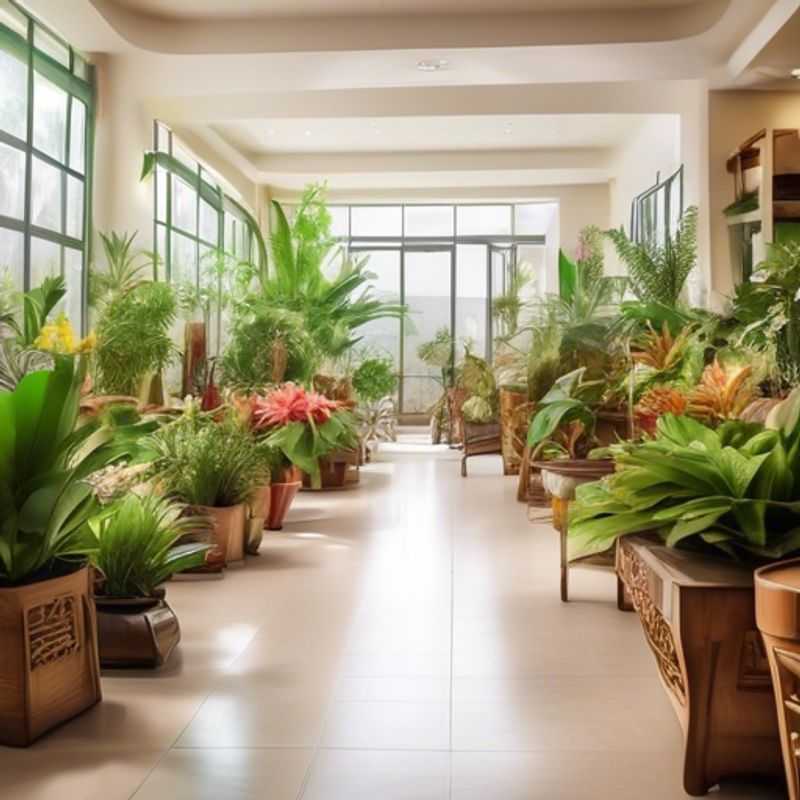
Don't Let Your Plants Drown: Ensuring Proper Drainage for Healthy Roots
Ensuring proper drainage in your pots is crucial for the health of your plants, preventing the dreaded root rot. Excess water, if not drained properly, can lead to suffocating roots, ultimately killing your plant.
Here's how to ensure proper drainage:
1. Choose pots with drainage holes: This is the most important step. Pots without drainage holes will trap water, leading to root rot.
2. Use a potting mix that drains well: Avoid heavy clay-based mixes, opt for a mix that includes perlite or vermiculite for better drainage.
3. Place a layer of gravel or pebbles at the bottom of the pot: This creates an extra drainage layer, allowing excess water to collect and drain quickly.
4. Water your plants only when the soil is dry: Overwatering is a major cause of root rot. Check the soil moisture before watering, and water thoroughly when needed.
5. Empty any water that collects in the saucer: Ensure that any excess water doesn't sit in the saucer for long periods, as this can lead to root rot.
By following these simple steps, you can significantly reduce the risk of root rot and ensure the healthy growth of your plants. Remember, well-drained soil is vital for your plant's well-being!
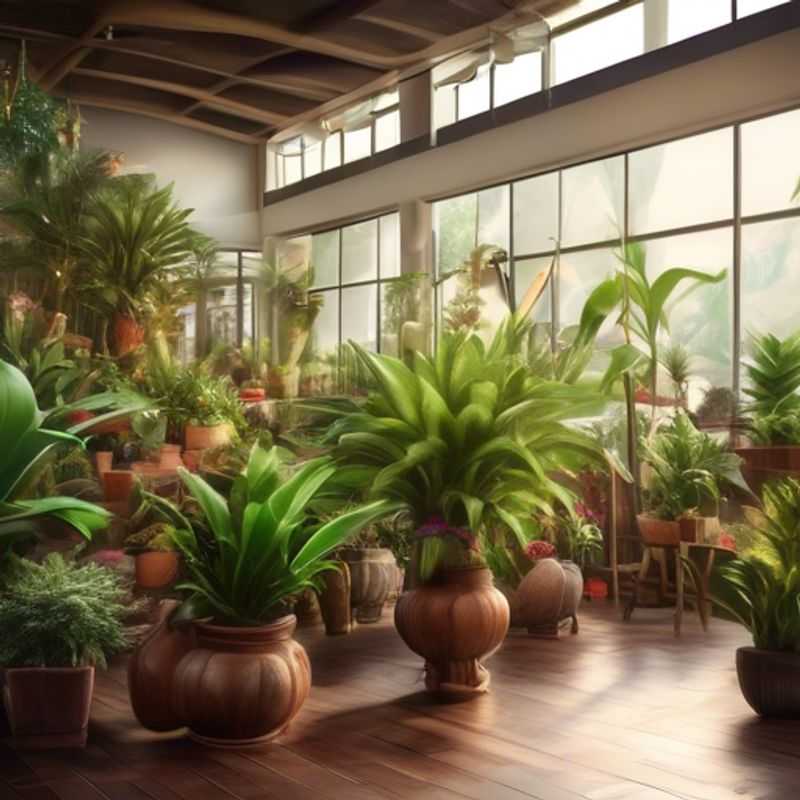
Choosing the Right Seller: Ensuring Plant Health and Quality
Choosing the right seller is crucial for the health and quality of your plants. Reputable sellers prioritize plant health and provide accurate information. Look for sellers with a proven track record, positive customer reviews, and a focus on providing healthy plants.
Look for sellers with a physical location: This allows you to visit the nursery and see the plants in person, assessing their overall condition and asking questions directly. This is a great way to ensure the plants are healthy and well-maintained before purchasing.
Online sellers should have detailed plant descriptions, high-quality photos, and clear return policies: These factors indicate a commitment to transparency and customer satisfaction. Look for sellers who provide thorough information about each plant’s care requirements, including its light, water, and temperature needs.
Beware of sellers who offer plants at unusually low prices: While bargains can be appealing, be cautious as they might indicate poor quality plants or unsustainable practices. Research the market price for your desired plants to ensure you're getting a fair deal.
Consider the seller's shipping practices: Opt for sellers who prioritize plant protection during transport, utilizing appropriate packaging and shipping methods to minimize damage and stress. This ensures your plants arrive healthy and ready to thrive in their new environment.
Investing in plants from reputable sellers contributes to sustainable practices by supporting businesses that prioritize healthy and well-maintained plants. This reduces the chances of purchasing plants that are diseased or have been treated with harmful chemicals.
Remember, choosing a reputable seller is an investment in the health and longevity of your plants. By taking the time to research and select a trusted source, you'll enjoy the satisfaction of nurturing thriving plants for years to come.
